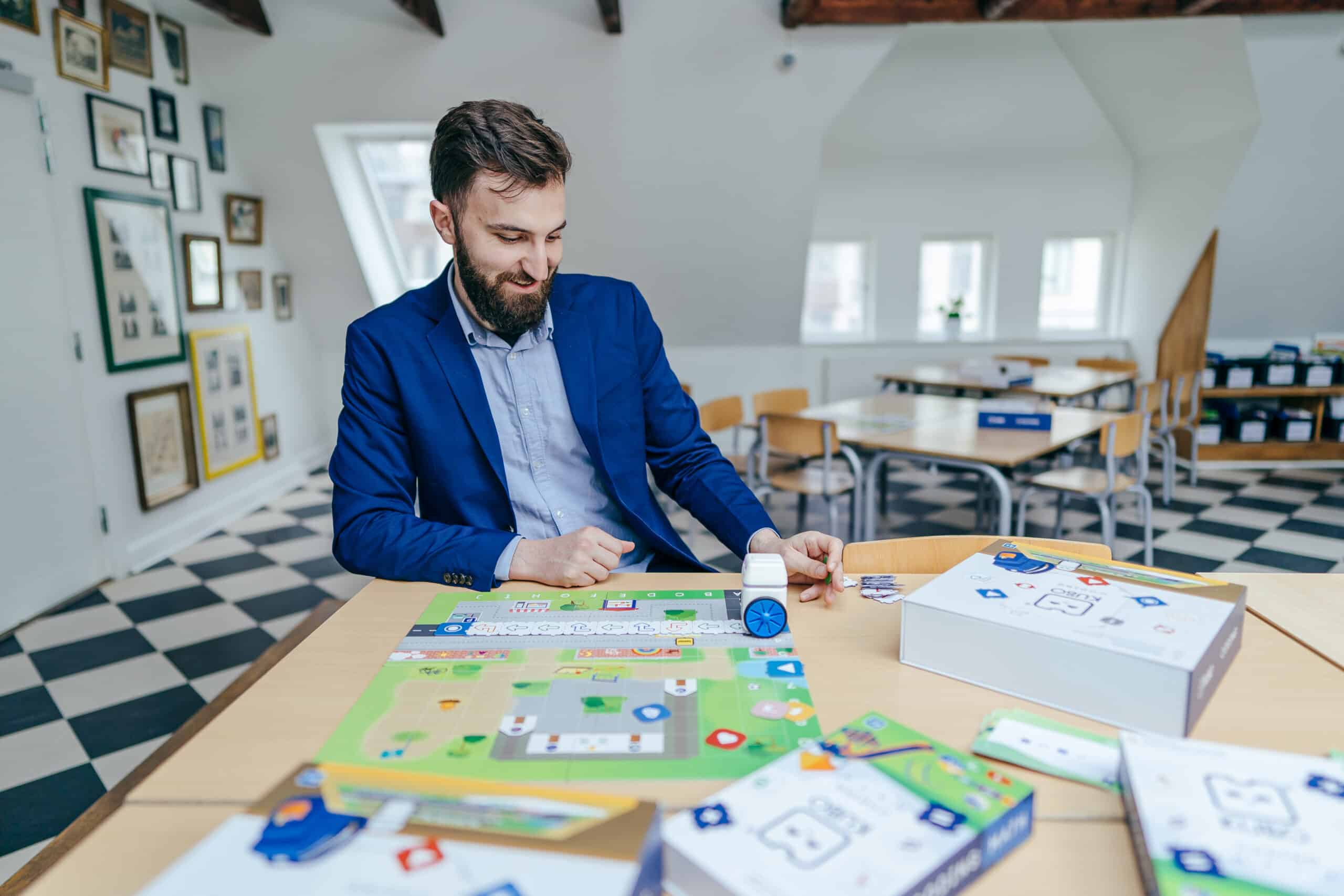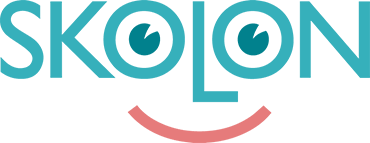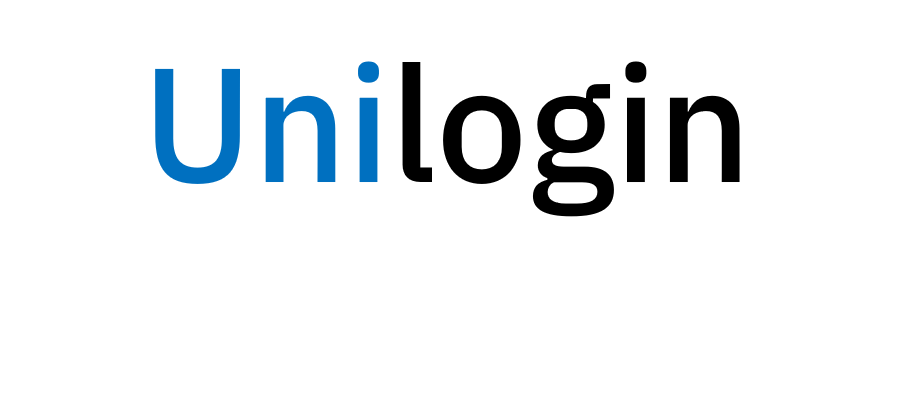In a world where code is everywhere, it’s becoming more and more popular to introduce early learners to basic programming concepts. Beyond digital literacy, the process of learning to code and program teaches kids a unique skill set that can be utilized later in life.
What is coding and why should kids learn to code?
Coding is the process of writing step-by-step instructions for a computer to execute in order to perform a task. Often learning to code is perceived as learning syntax or simply teaching kids how to use a computer. While in reality, coding is about learning how to creatively solve problems.
Introducing early learners to code is not necessarily to encourage them to become programmers or software developers. Coding teaches life skills, such as creative, logical and computational thinking, which are transferable to any line of work.
STEM and coding in the K-5 classroom
STEM is in the foundation of our educational system and it ensures that kids learn technological literacy and competency. Coding and programming are part of the STEM learning and classes, however, there are no specific requirements which programming languages a teacher should teach.
So when you, as an educator, are given the task to find a programming language to teach, it can be an overwhelming task. What you need to know is that even though there are many programming languages, at their core, they are all based on the same coding concepts – functions, loops, subroutines, variables and conditions.
Therefore, bringing coding in your K-5 classroom doesn’t have to be about teaching a complex programming language. Coding classes, especially for early learners, can be about creating fun challenges and solving them hands-on, with robots. Teaching coding with robots brings programming to life by providing students a physical representation of their code.
How to introduce coding in the classroom?
Coding classes are an opportunity to bring in some new teaching and learning approaches to your classroom. Instead of predictable lectures and homework, give your students problems to solve. Give the class open tasks and ask them to come up with possible solutions.
Solving problems with code is fun
Kids enjoy creative problem solving. For example, engaging storytelling will keep your students excited about learning more so they can complete new challenges and engage further with the storyline.
Thus, instead of asking kids to write instructions for a robot to go straight and then turn left, make a map and ask kids to help the robot cross a bridge to reach an enchanted forest or go to the playground where they need to complete a new challenge before going to the ice cream truck. Who can code a route fastest? Who can write the algorithm with the least steps? Who will solve the most challenges on the way?
Encourage exploration in your coding classes
Encourage kids to experiment with code – what will happen if they do this or that. Kids are not interested in repeating your actions or in following a set of instructions throughout an entire lesson.
Give your students a few simple guidelines and let them figure out on their own how to tell the robot to cross the finish line. Helping kids become producers and not simply consumers of the digital world is a crucial mindset they need to develop throughout their coding class.
Teach perseverance with code
One of the main learnings during a coding class is perseverance – trying, failing, adjusting and trying again. Let kids try what they think is correct code and let them succeed or fail all on their own. If they fail, they will have to figure out what went wrong and what could be a possible solution. The more kids try, the more they learn that failure is temporary and the feeling of success is worth persevering through the hard times.
Make coding a team effort
Coding classes are the perfect time to encourage collaboration. Create a space for kids to work together, help each other and openly discuss and practice their reasoning and logic skills.
How do I get started with teaching coding?
The best tip for teaching coding in your classroom, is to learn along with the students. Not many educators have coding experience, but that doesn’t mean they can’t learn and teach the fundamentals of coding and programming. Coding for kids usually takes place on simple drag-and-drop digital platforms or screen-free with physical robots where code is transformed into a tangible object.
Most coding equipment you can choose for your K-5 classroom comes with a coding curriculum, making it even easier for any teacher to lead beginners level coding lessons. What you need to double check is that the coding curriculum you are being offered is aligned to the STEM learning standards.
Choosing coding equipment for your classroom
One of the biggest decisions in terms of coding equipment for your classroom is whether you want a digital solution or a screen-free one.
If you choose a digital solution, you will need computers or iPads for each of your students. For coding beginners, block-based apps are a good choice rather than a specific coding language because they represent code in a more visual, easy-to-grasp way.
If you prefer a screen-free solution, you can look for STEM coding robots. The hands-on approach of learning robots brings coding to life and makes it easy for K-5 students to understand the fundamentals of coding.
Here at KUBO, we offer STEM coding robots for the K-5 classroom that help you teach functions, loops, variables and conditions in a fun and interactive way. Our curriculum is based on engaging storylines that keep the students excited about solving challenges and learning more. If you would like to extend your student’s coding time, we offer a digital 1-to-1 environment for the personalized learning journey of each student.
What’s more, our STEM coding robots, both physical and virtual, come with free teaching resources, everything you need from certified, standard-aligned curriculum, to step-by-step instructions of coding challenges and activities for your classroom.






